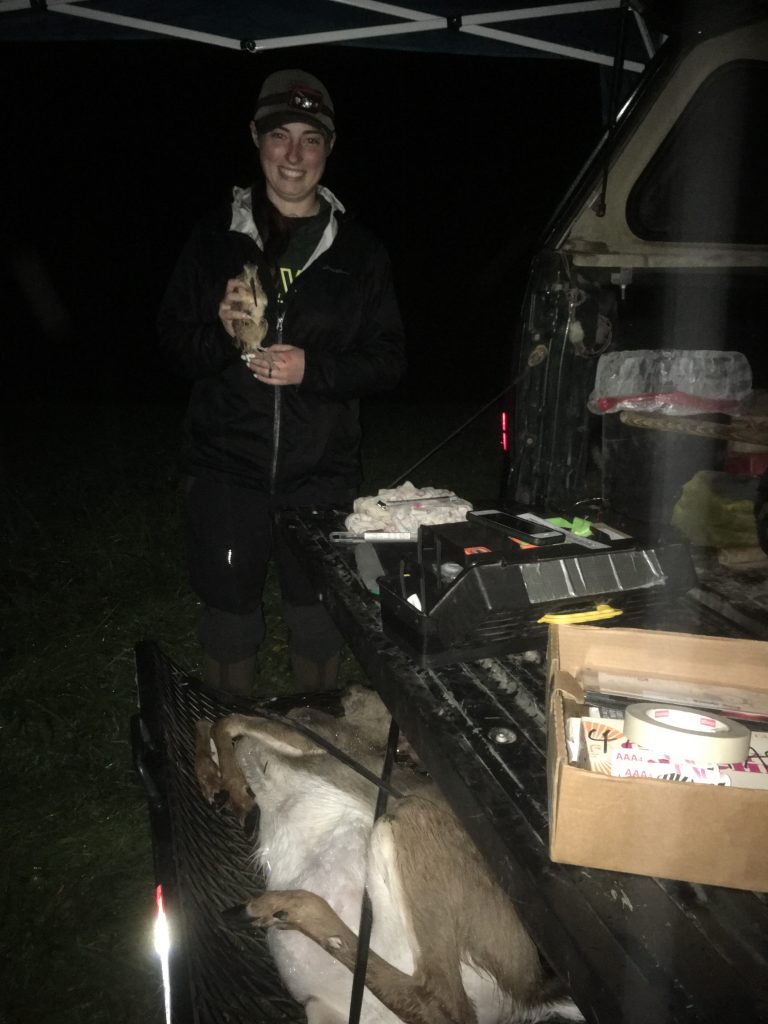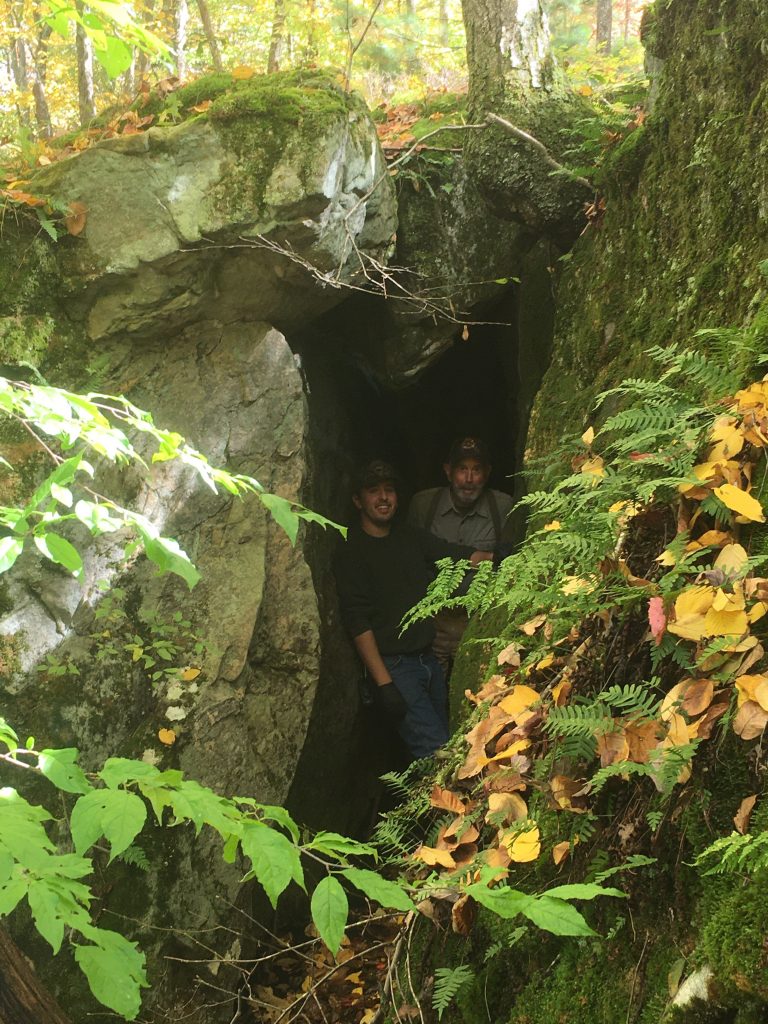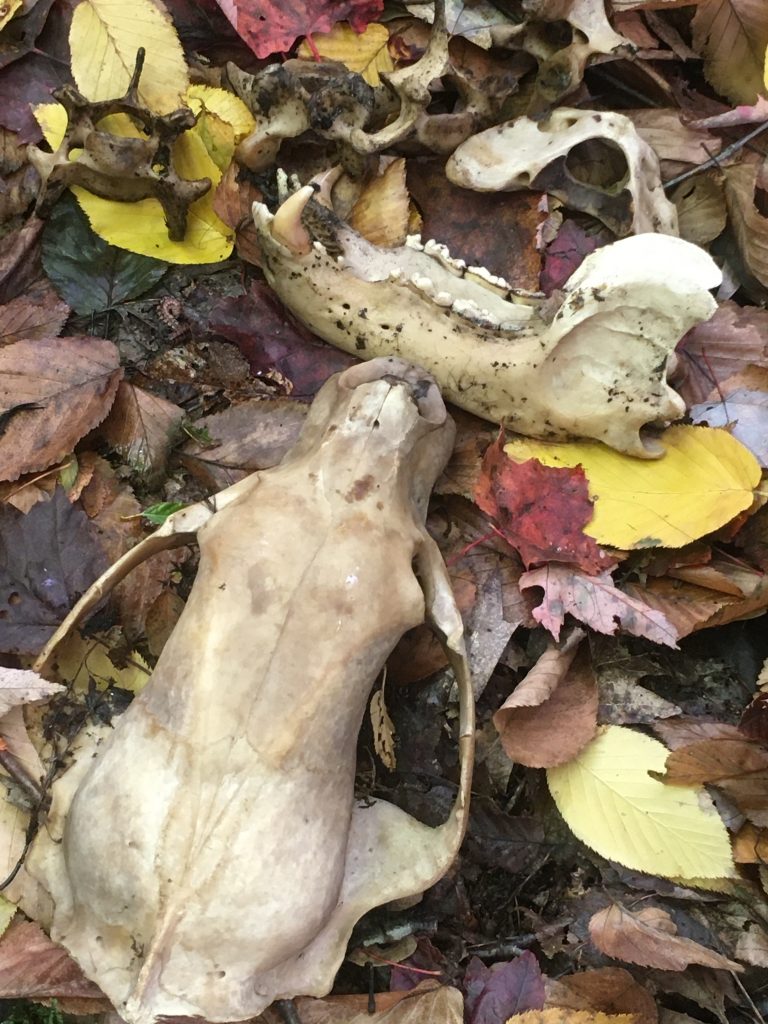Deer Crew Diaries may go on hiatus in the summer and fall but that doesn’t mean the field techs do. There is still work to be done but deer aren’t always involved. Below is an update from Kate on how she spent a recent week in the field.
After a mid-day break and nap, Levi Peterson and I went out to assist with woodcock captures. Levi has been out on previous nights, but this was my first time helping and it was pretty neat! Of course, the deer team had to show up and make things interesting. Levi saw a small road-killed deer on his way over and had to pick it up for CWD sampling. So our workspace had an extra critter at it.

Driving about 2 miles an hour in a UTV on mowed paths and using a spotlight, we searched. When we spotted a woodcock, we would spotlight the bird while one person would sneak up with the net and catch it. Once captured, we brought the woodcock back to the trucks where it was measured, weighed, aged, sexed, and finally banded. If the bird was big enough, it also received a little backpack transmitter. Then it was free to go. It was a very cool experience, and I’m glad I got to be a part of it!
We also went to Sproul State Forest to help track some collared black bears that had ventured off the study area. Once we located the bear, we took a walk to see why the bear might have left to set up camp somewhere else. For the most part, the bears found nice pockets of black gum trees. Bears really like black gum. If you find one of these black gum groves, look up. You can see all of their branches pulled down toward the trunks. A bear will sit in the tree, reach out, pull all the branches in, then eat all the berries it can. Other bears found their way to cornfields. Corn is an easy source of food. When a bear finds a cornfield, it will take up residence to pack on the pounds for the winter.

We also checked up on a couple mortalities and found one had died in a little crevasse that went back into a cave. It was probably the coolest mortality location yet! Both mortalities were a few months old and the remains were just some hide and bones. So we don’t know what exactly happened to those bears, but it was a cool investigation anyway.
From the field,
Kate Derstine
